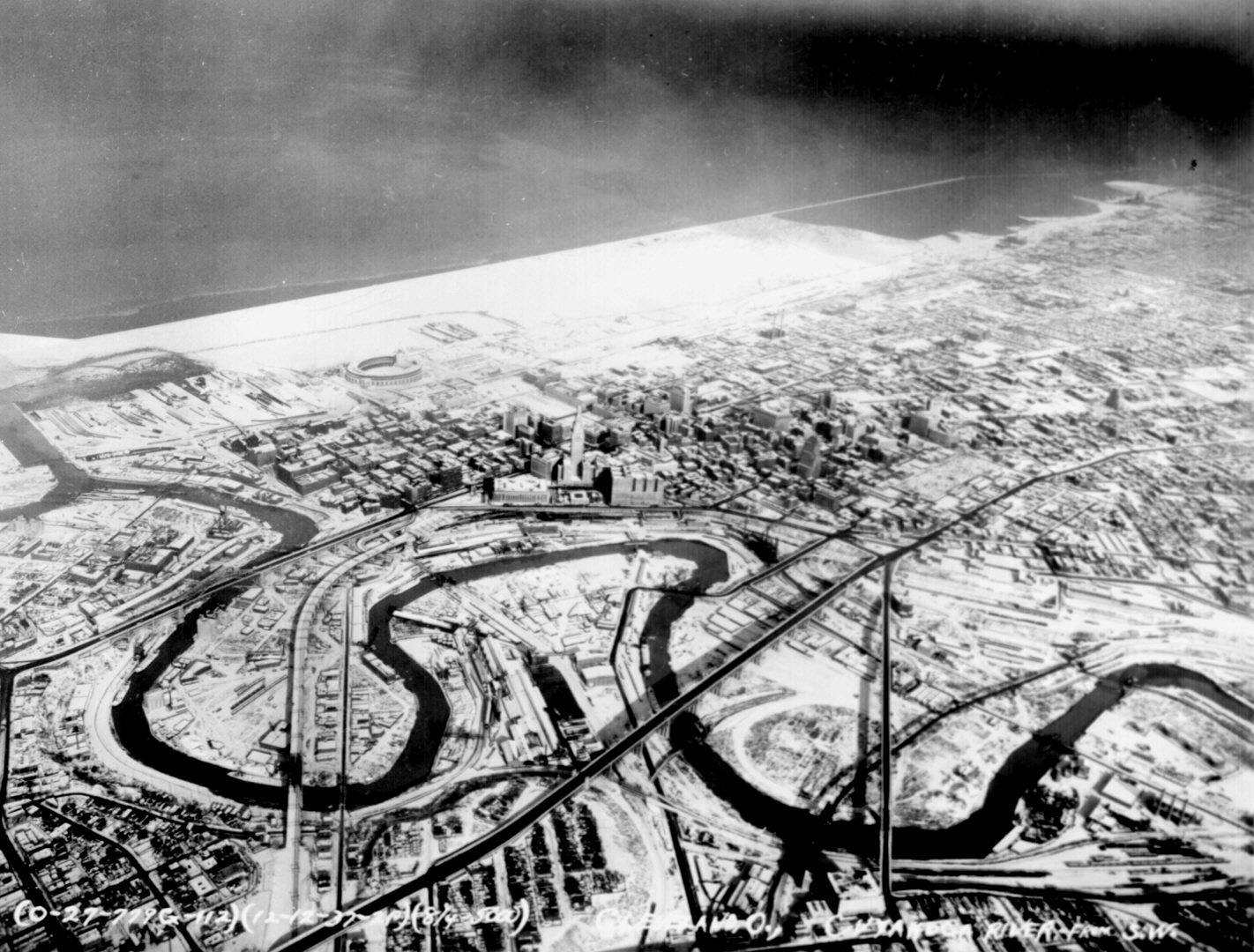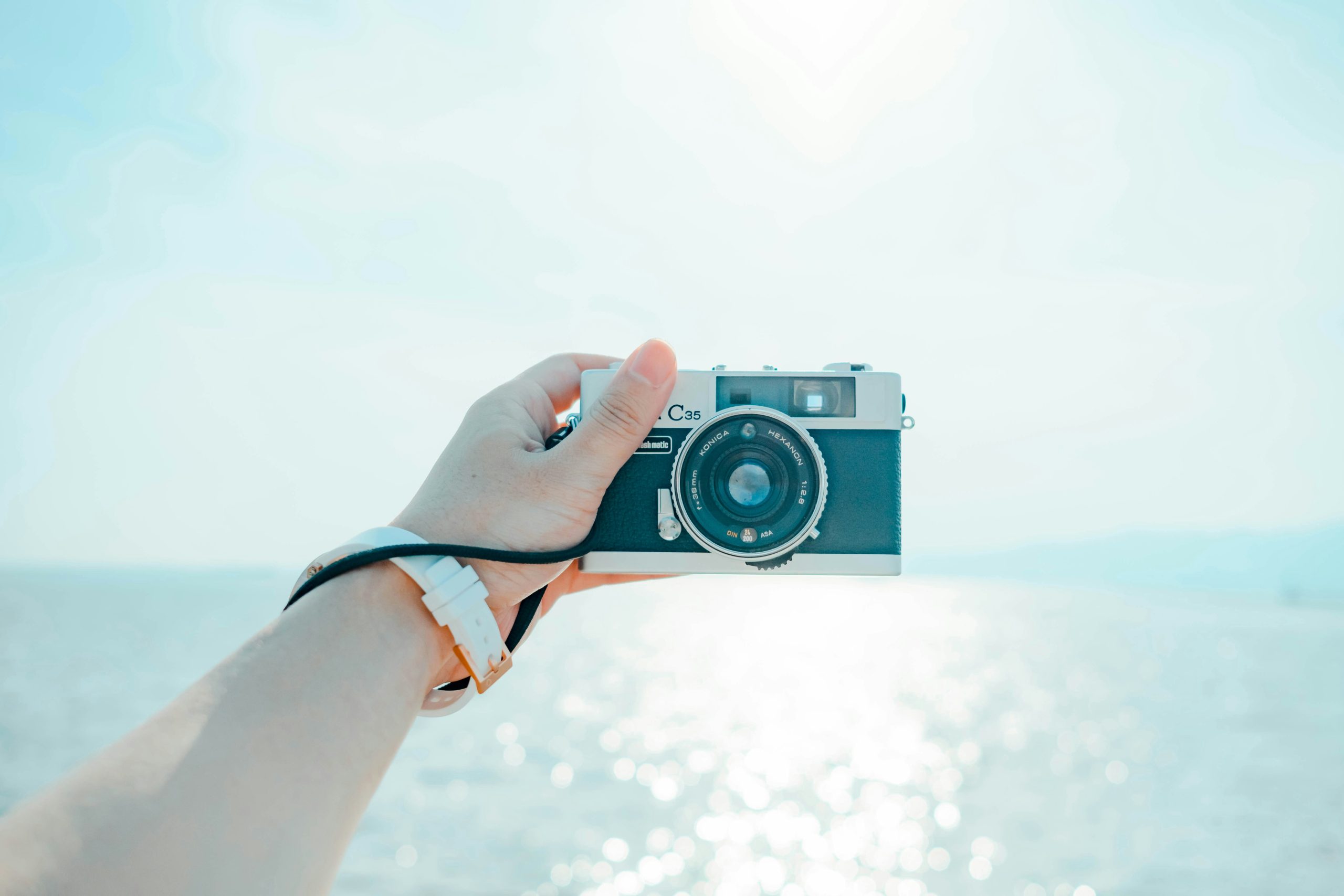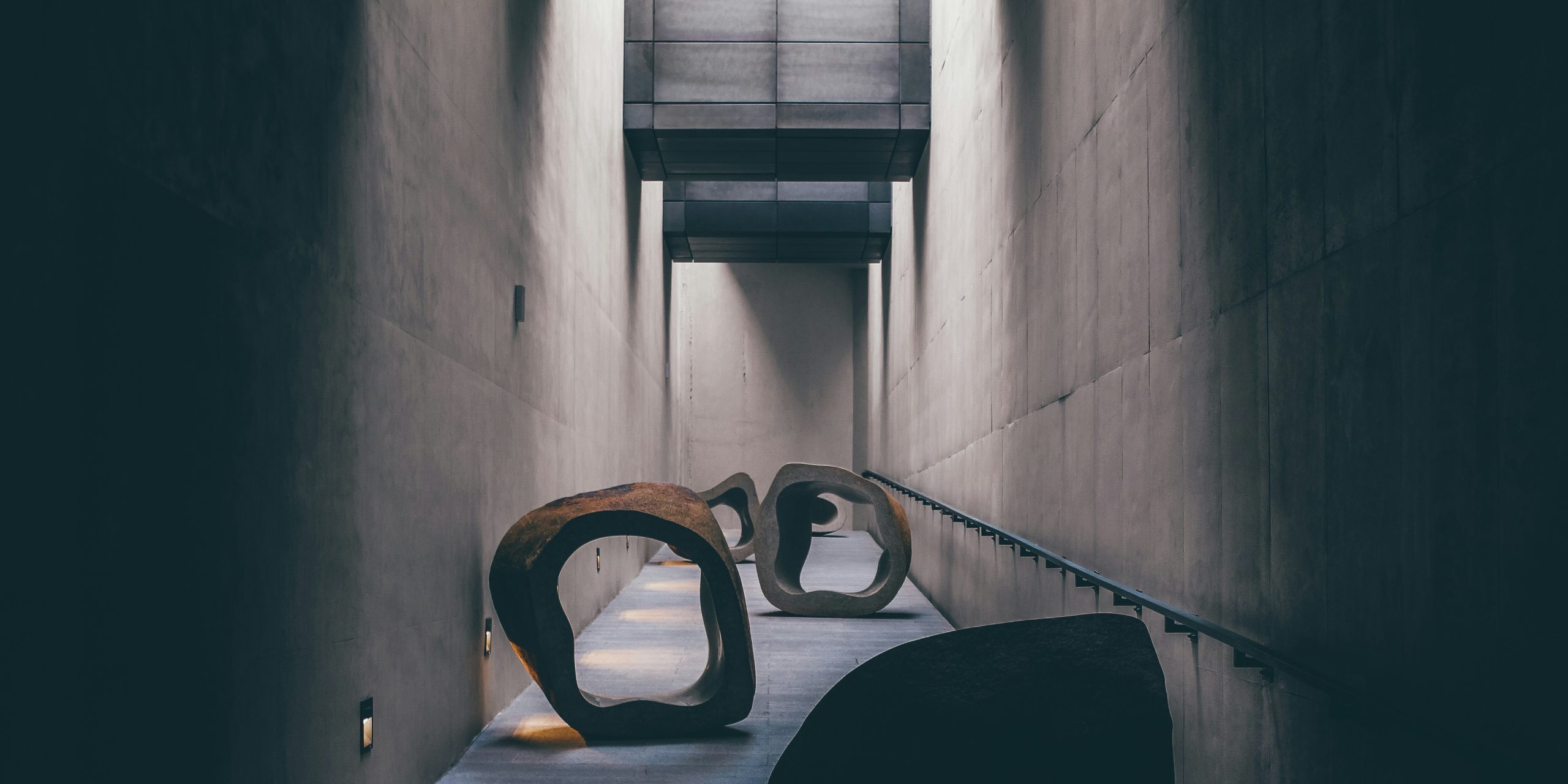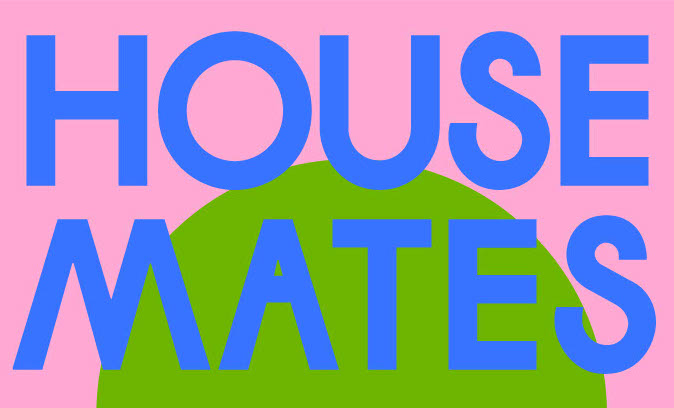Reading Lists
Now Is the Time to Read These 11 Novels About Female Artists

Books that take women and their creative inspirations seriously

Countless novels depict the fictionalized life of a real artist, or the artistic life of a fictional one. Think of works like The Master by Colm Tóibín, Portrait of the Artist as a Young Man by James Joyce, or An Artist of the Floating World by Kazuo Ishiguro. If you noticed that these are all novels about men, that’s the point. A quick scan of the literature shows that the writerly gaze has been most often turned on male artists and their creative processes and passions.
Lately, however, the cultural spotlight is increasingly shone on the experiences of female artists, whether it’s a television show that dares to portray a female filmmaker using a man as her artistic and sexual muse, or a conversation about why books about women are less likely to win major literary prizes.
Novelists also seem to have taken a noticeable interest in women in the arts. Many of these eleven books were published in the last few years. The type of artist varies; there are dancers, painters, writers, and singers. In some, the characters are entirely invented. In others, they’re based on real lives — it turns out there is a smaller, yet no less interesting, pool of real women artists to choose from. All seek to capture not just the life and work of one woman, but the process of becoming an artist.
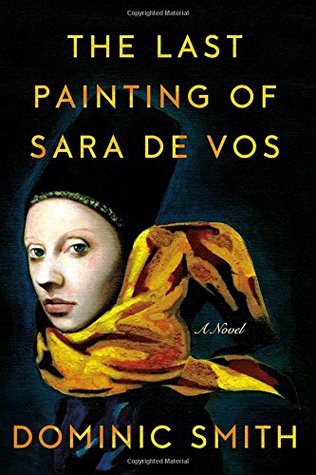
1. The Last Painting of Sara de Vos by Dominic Smith
Dominic Smith’s novel is an engaging mix of art heist and art history. In 1957, a painting is stolen from the de Groot family’s home in New York City. The artwork was painted by Sara de Vos, who Smith based on one of the real, though rare, female members of a 17th century Dutch masters guild. Jumping between Holland, New York, and Sydney, this novel intertwines the life of two passionate women painters who have much in common, despite living three hundred years apart.

2. Isadora by Amelia Gray
Thanks to her fluid, free-moving dance performances, Isadora Duncan is known as one of the founders of modern dance. She was also infamous for her private life — at the turn-of-the-century, she shocked with her bisexuality, heavy drinking, and string of personal tragedies. In this novel, Gray chronicles Duncan’s varied life, as well as her commitment to a new, less rigid dance that suggested that the natural female body could be a form of artistic expression.

3. The Queen of the Night by Alexander Chee
Anyone who’s felt a shiver watching The Phantom of the Opera will love the richness with which Chee recreates the world of the 19th century Parisian opera in his lyrical second novel, Queen of the Night. This is the story of Lilliet Berne, an American soprano who gets what seems like the offer a life time — an opera written just for her — until she realizes the show is based on her past, one she’d rather keep secret. Chee did a ton of research while writing the novel, and opera fans will appreciate the details he brings to Lilliet’s role.
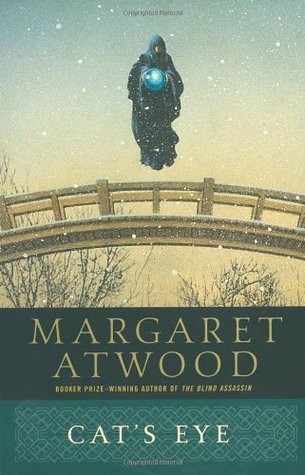
4. Cat’s Eye by Margaret Atwood
If you’re looking for a mix of art-as-emotional-mirror and complex female relationships, who else to turn to but Margaret Atwood? Elaine Risley is a middle-aged Canadian painter whose past comes bubbling up when she attends a retrospective of her work in Toronto. It turns out that Elaine’s artistic success is directly related to her fraught relationship with her childhood friend Cordelia, a fact which literally stares her in the face at her opening.

5. Swing Time by Zadie Smith
Zadie Smith has been obsessed with dance since she was a child, in part because “you see visually what in other art forms, we have to talk about metaphorically.” So it’s no surprise that dance shapes Smith’s latest novel about two biracial girls in London who both aspire to be dancers, though only one has real talent. The other, who is the book’s nameless narrator, must substitute being an artist-creator for proximity to an artist, working as a PA for a mega pop star.

6. The Woman Upstairs by Claire Messud
Most artists are preoccupied with the question of legitimacy — how successful, how recognized must you be before you can consider yourself a true artist? Messud ponders this question in the tale of Nora Eldridge, a forty-something third grade teacher in Massachusetts who becomes beguiled by her new students’ parents. The Shadids are smart and world-traveled, so when the wife, who is a respected artist, invites Nora to share her studio space, Nora is thrilled. This simple act quickly leads into a psychological spiral as Nora wants what she can’t have: talent, fame, and the assurance that she is a true artist.
Why People Don’t Like “I Love Dick” (Hint: Because It’s About Women)

7. The Hours by Michael Cunningham
This Pulitzer Prize-winning novel jumps back and forth between three narratives to showcase the timeless influence of great art — and one of history’s greatest artists, Virginia Woolf. In one thread, Woolf herself struggles with finding an opening to the beginning of her novel, Mrs. Dalloway. In another, Clarissa, a modern-day Mrs. Dalloway, plans a party for her friend and ex-lover who is dying of AIDS. In the last, a California housewife, inspired by Woolf’s own act of suicide, wonders if there is a way out of her airless life and sham marriage. All three stories stand on their own while also resonating with and building on Woolf and her work.

8. The Blazing World by Siri Hustvedt
There may not be a more apropos time to read Hustvedt’s Booker Prize-nominated novel about a female artist who, frustrated by the misogyny of the art world, shows her work under the guise of three different male artists. To her satisfaction, her art becomes a huge success, to her dismay, some of the men won’t cop to the true author of the work. This is a novel about art, the perceptions of the artist, and frankly about the way that society still imparts inherent value to men over women.

9. The Children’s Book by A.S. Byatt
At the center of Byatt’s novel, which was shortlisted for the Booker Prize, is Olive, a woman who runs a seemingly ideal late-19th century household, filled with summer parties and frolicking children. However hidden behind the manor’s beautiful facade is a tangled web of affairs and jumbled parentage, which Olive slyly writes into her stories for children. Byatt always includes a fair amount of history in her novels, and this one nods to many other children’s writers of the time, including J.M. Barrie, Edith Nesbit, and Kenneth Grahame.
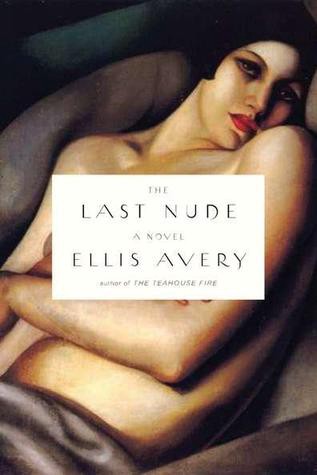
10. The Last Nude by Ellis Avery
The protagonist of Avery’s novel sounds like someone a writer would invent to encapsulate the roaring twenties, however Tamara de Lempicka was a real Polish-Russian painter who became famous for her scandalously realistic nude paintings. Lempicka was also known for her bisexual relationships, including the one with a 17-year-old Italian American prostitute named Rafaela Fanoat, which is the heart of this novel.

11. The Painter from Shanghai by Jennifer Cody Epstein
This novel is based on the unlikely true story of early 20th century Chinese painter Pan Yuliang. As a child, Yuliang was sold into prostitution by her uncle, who needed the money to support his opium habit. Pan became the concubine for a wealthy customs inspector who allowed her to go to art school in Shanghai and eventually Europe. The move made Pan into a talented painter, but when she returned to China, which was on the brink of revolution, her art was considered too modern. Pan’s journey questions the inherent value of a piece of art versus the society and lens that its viewed in.





